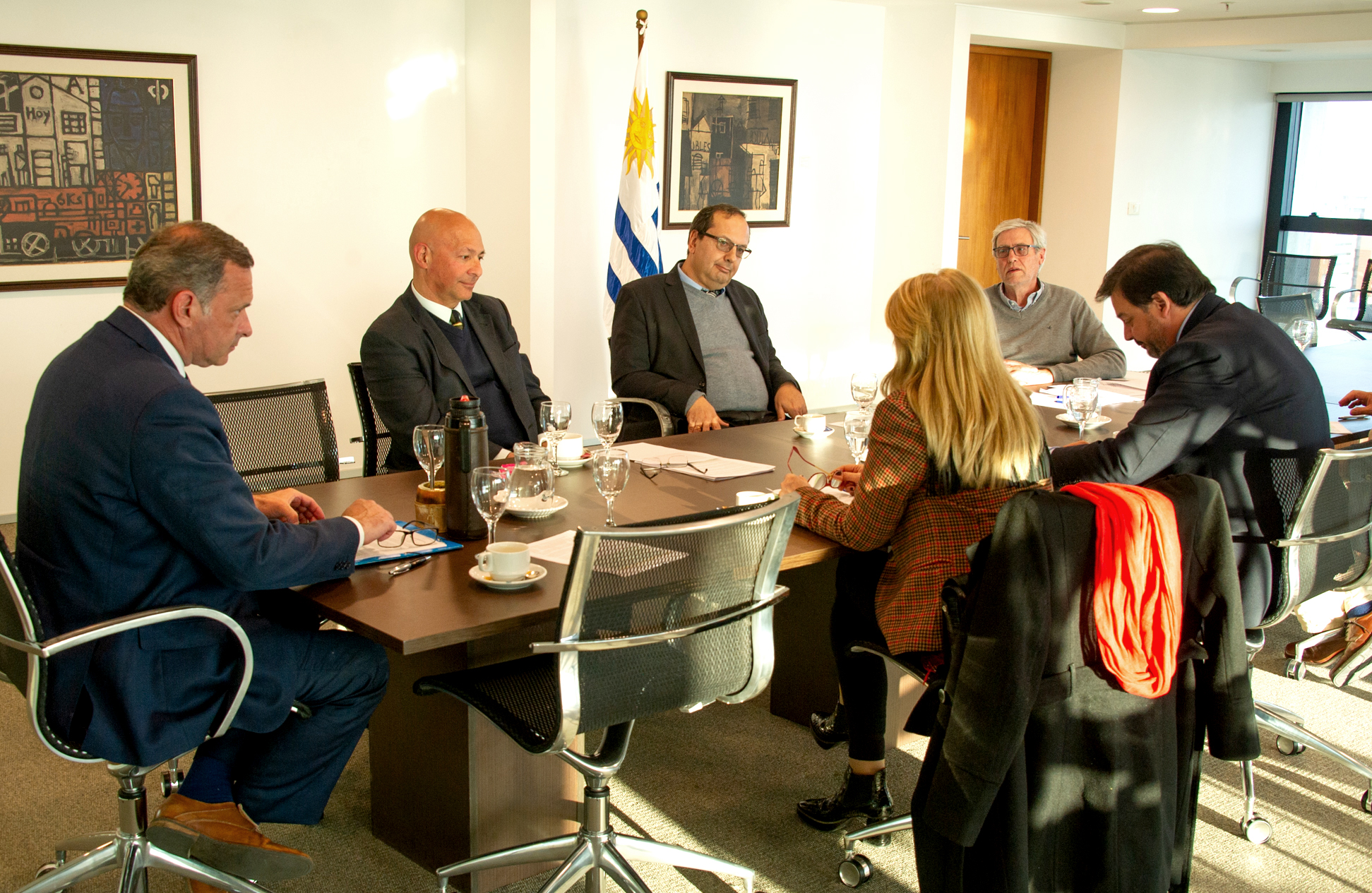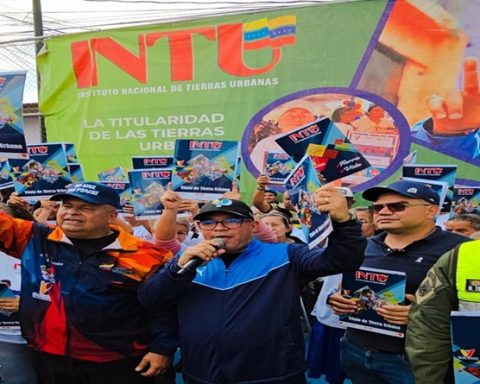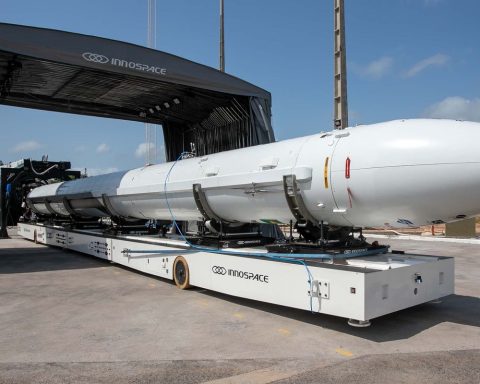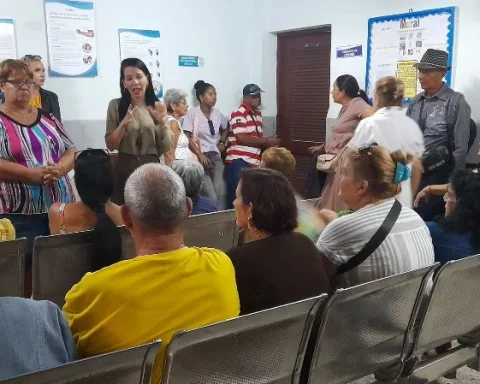The Secretary of the Presidency, Álvaro Delgado, led a meeting this Wednesday 21 with authorities from the Ministry of the Environment, OSE and OPP to follow up on the drinking water infrastructure projects in Arazatí. In addition, the group discussed progress in sanitation in 60 localities in the country. Both investments reach about 250 million dollars each and are the most important in the matter, said Minister Peña.
The meeting, held in the Executive Tower, was also attended by the Undersecretary of the Environment, Gerardo Amarilla; the director of the Public Policy Monitoring and Evaluation Agency, Hugo Odizzio; the president of OSE, Raúl Montero; the vice president of that organization, Susana Montaner, and the adviser of the Office of Planning and Budget (OPP), Julio de Brun.
Minister Peña reported that the meeting consisted of following up on projects such as Arazati, linked to drinking water. Authorities hope that OSE’s board will approve the project within a month, while technical questions about the business model and financing are fine-tuned, he added.
In addition, he announced that, by mid-October, the sanitation projects for 60 localities in Uruguay will be completed, and thus continue with the preparation of the bidding documents. Each initiative represents an investment of some 250 million dollars and “together they are the most important in environmental matters in Uruguay,” he stressed.
Peña also reported that the group addressed the problem of more than 100 localities in Uruguay that have groundwater with levels of arsenic higher than those allowed. The south and east are the areas of the country with the greatest presence of this element. The hierarch specified that it is not a problem of contamination, but of a natural nature, which arises at the geological level.
He also recalled that the requirement of permitted levels increased, therefore, it is necessary to have quality water based on these new criteria. To achieve this, alternatives such as reverse osmosis, installation of water treatment plants (UPA) and absorption filters are studied.

















